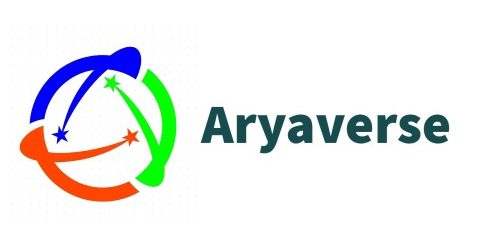
What is CBDC?
A CBDC abbreviated as Central Bank Digital Currency is the sovereign equivalent of private cryptocurrencies and digital assets like Bitcoin, Ethereum, Solana, and Ripple. It would be issued and controlled by a country’s Central Bank and used by people and businesses for retail payments, much like cash but in digital form. CBDCs will also be used for wholesale settlements in the interbank market.
In simple words, we can say that CBDC is a token on the blockchain and is issued by the central government by which people can do the day-to-day financial activity, Similar to that of fiat currency. For example, the Government of India will issue its own CBDC i.e., an Indian Rupee token similar to any other private Cryptocurrency like Bitcoin, Ethereum, Ripple, Solana, Polkadot, etc.
CBDC represents a new technology and approach for the issuance of central bank money, and can be characterized by the following:
Digital assets: CBDC is a digital asset, meaning that it is accounted for in a single ledger (distributed or not) that acts as the single source of truth.
Central bank-backed: CBDC represents a claim against the central bank, just as banknotes do.
Central bank controlled: The supply of CBDC is fully controlled and determined by the central bank.
There can be two types of CBDC:
Wholesale CBDC: CBDC that would be used to facilitate payments between banks and other entities that have accounts at the central bank itself.
Retail CBDC: CBDC is used for retail payments, for example between individuals and businesses, and is akin to digital banknotes.
Architecture:
Benefits of CBDC:
Cross Border Payments: A central bank digital currency (CBDC) can boost innovation in cross-border payments, making these transactions instantaneous and helping overcome key challenges relating to time zone and exchange rate differences
Enhance existing payments infrastructure: A central bank digital currency (CBDC) will Increase the speed and efficiency of payments while reducing costs and failure rates
Maintain control: Ensure Central Banks retain sovereignty over monetary policy and not allow alternative currencies to dominate the market.
According to the BIS, today some 80% of central banks are looking at CBDC, with the majority of them considering blockchain as the underlying technology. While many of these banks have expressed interest in both wholesale and retail use cases, most of the admittedly few actual experiments or pilots carried out to date have focused on wholesale. These include Project Ubin by the Monetary Authority of Singapore, Project Khokha by the South African Reserve Bank, China’s DC/EB, and Project Stella, a joint research project by the ECB and the Bank of Japan.

